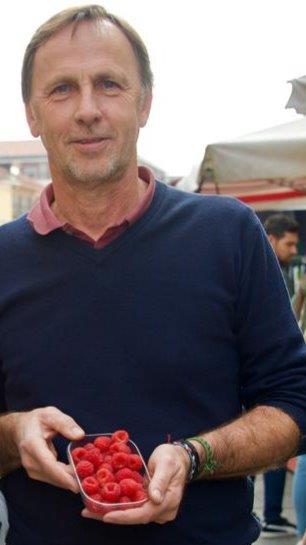With public pressure on GOD and their suppliers to limit the amount of plastic used in the packaging of their supply chains, the sustainability of packaging for berries was the focus of attention at the Global Berry Congress 2020 which took place on 10 December.

Dirk Wens, president of Belgian BioPackaging, insisted that the industry must avoid simple greenwashing to satisfy those who demand more environmentally friendly options. "Sustainability is a mixture of people, profit and planet," he argued. "If you want to make packaging more sustainable, you have to source the material sustainably. We need material that respects future generations - made from renewable resources or end-of-life recyclable or compostable. But it should also be accessible and profitable".
Infia's Alessandro Mariani agreed that the key is to minimise the number of raw materials used for packaging. "We are in a much more sustainable situation than in the past, but obviously we are not there yet," he said. "It's all about recyclability, and that means packaging has to be recycled into those different waste streams in different countries. We need to go further by making existing packaging more uniform and more single-material."
According to Javier Navarro of Groupe Guillin, it makes sense for all companies to promote a circular economy for packaging. "As Alessandro says, we're not there yet, but we have done a lot - for example, by decreasing the weight of packaging and moving towards heat sealing, which has saved many kilos of plastic."
Massimiliano Persico, Carton Pack's strategic marketing manager, suggested that sustainability is not simply about removing plastic. "It has to do with costs, welfare, social engagement."






